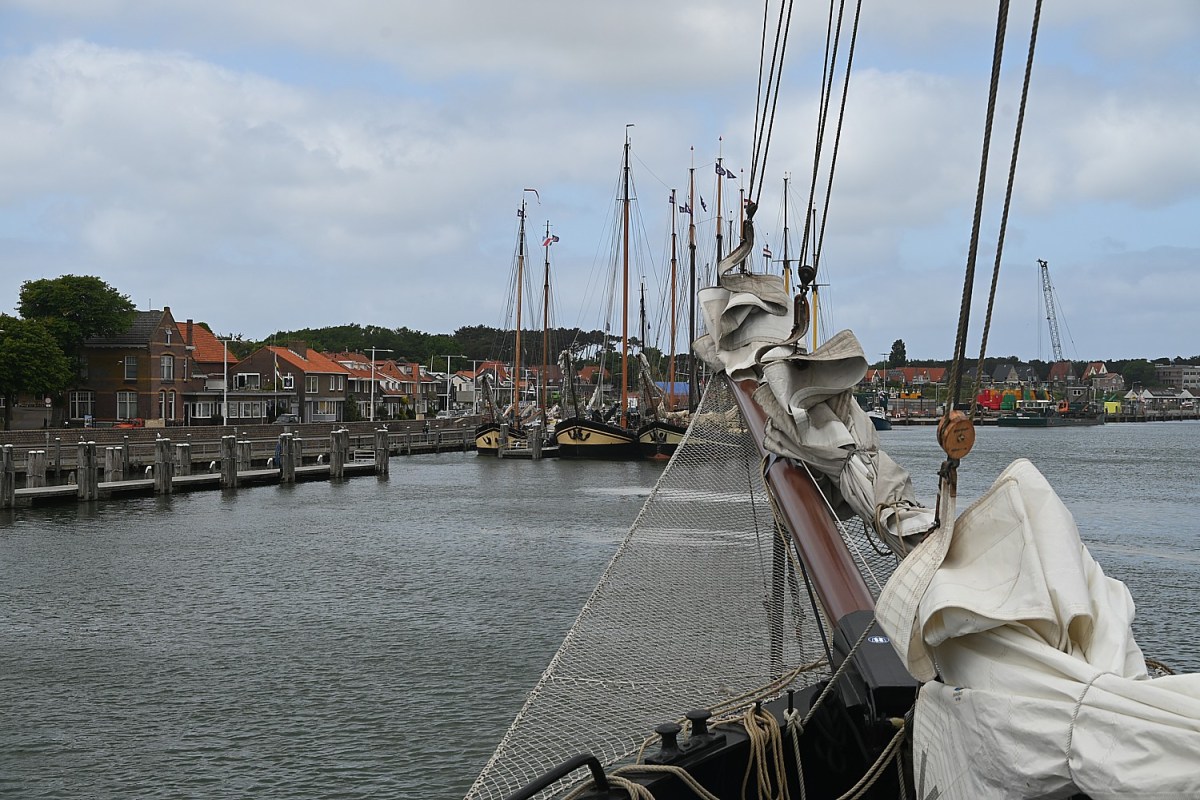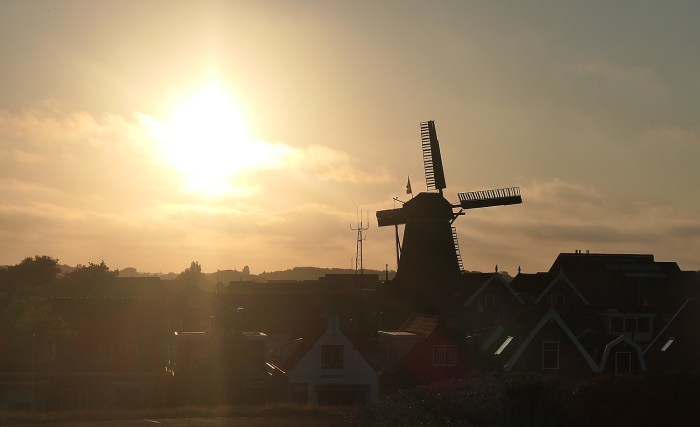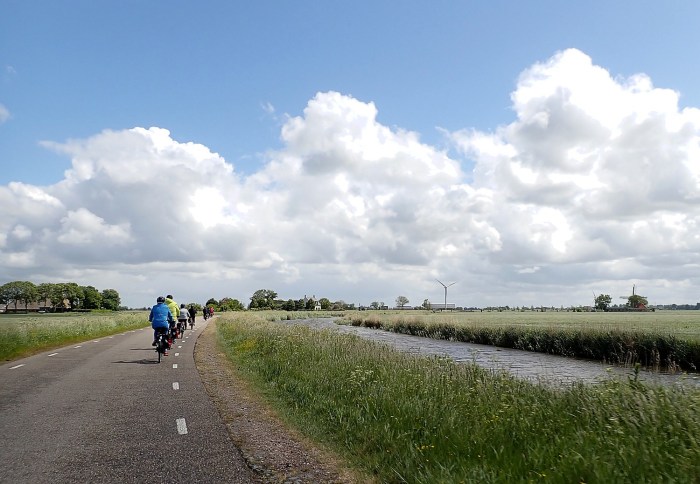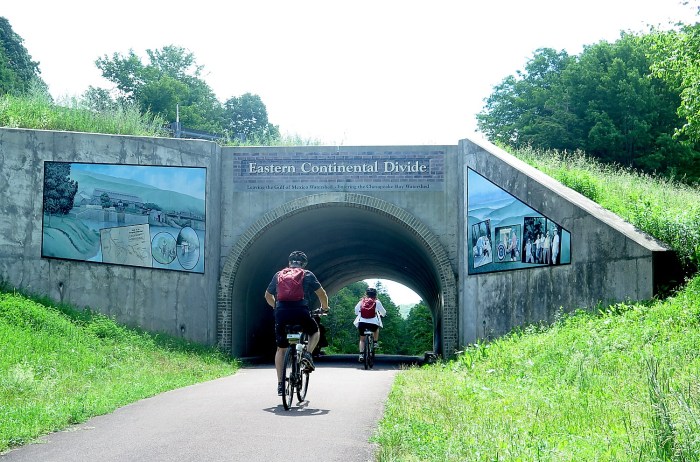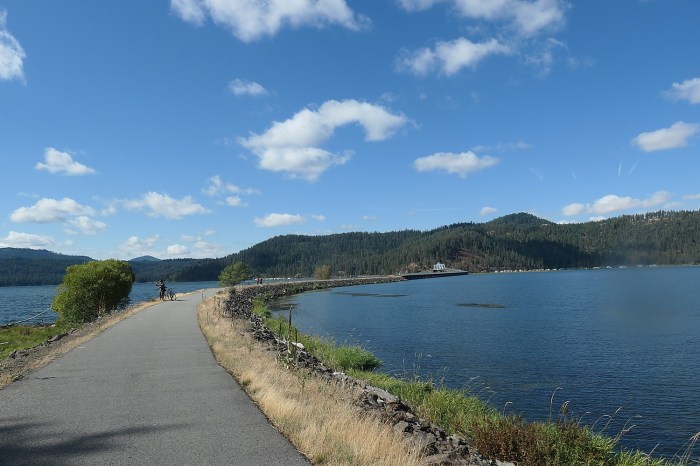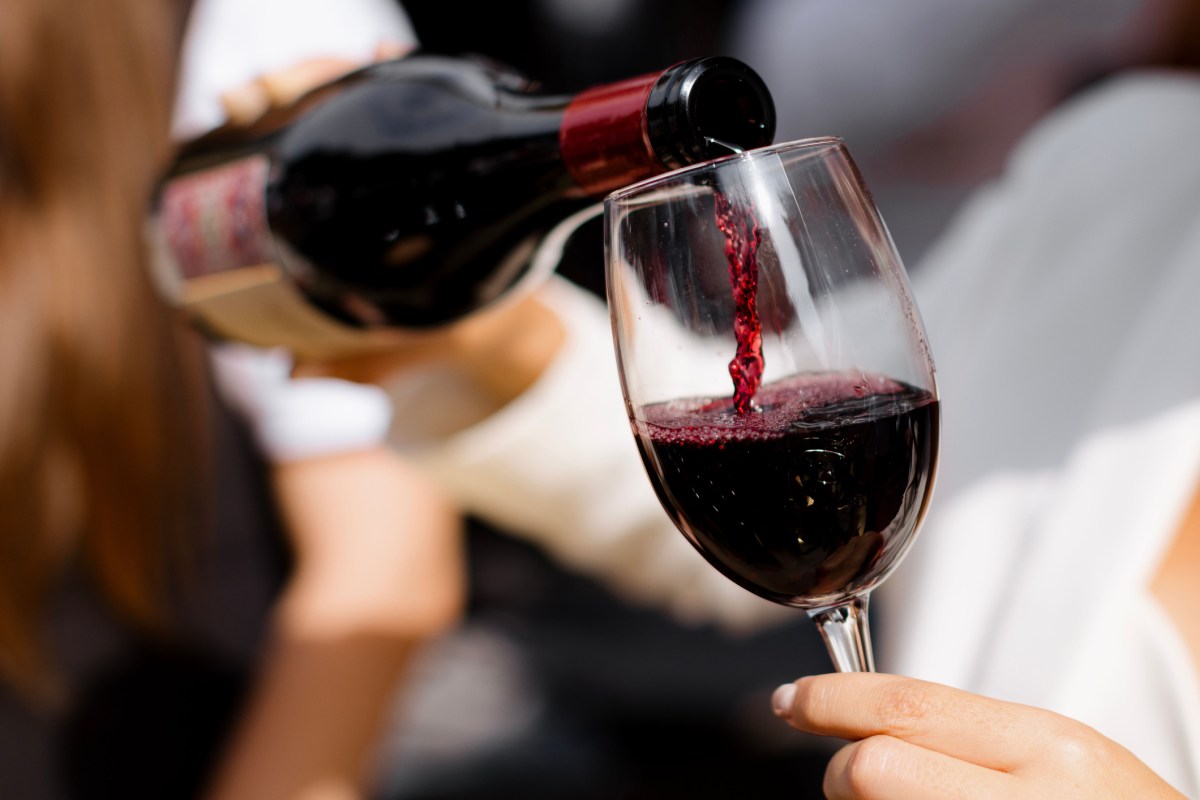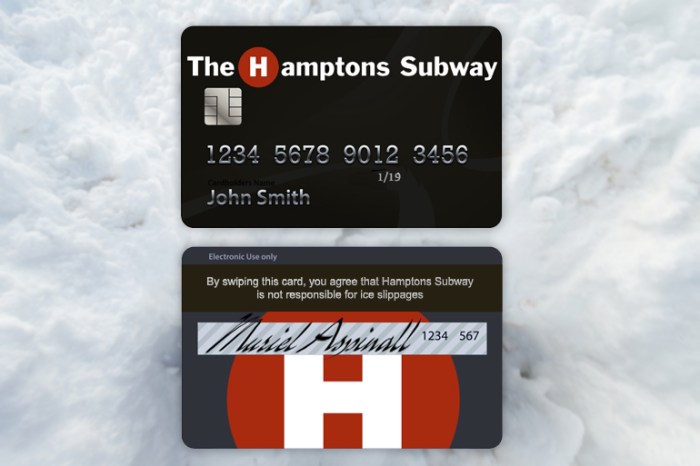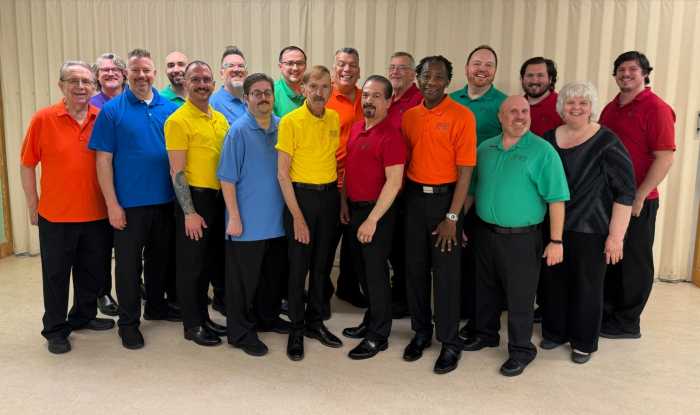By Karen Rubin, Travel Features Syndicate, goingplacesfarandnear.com
Day 4 of our eight-day Boat Bike Tours’ Islandhopping tour of the Netherlands is spent sailing to the island of Terschelling. It takes about six hours to sail across the Wadden Sea, a UNESCO World Heritage site.

“Big boat, small water,” our captain, Age, says, guaranteeing that the ship is “unsinkable” because the water is so shallow, we would run aground first. (“Wadden” means “mudflats” and the Wadden Sea is a large intertidal area in the North Sea along the coasts of the Netherlands, Germany, and Denmark.)
We have a northwest wind so we can raise the sails on our ship, Leafde fan Fryslân, the only four-masted ship sailing in Dutch waters, instead of just motoring to Terschelling.

Lukacz, who I call the first mate, gives us the safety talk and invites us to help raise the sails (we don’t do it very well). He says it is more important to be safe “You are on vacation, a nice time. You can’t have a nice time with a broken hand. Bad pain is bad time.” But looking around at several of us with boating jackets, says, “I can see this isn’t your first rodeo.”
‘It’s about being happy,” Lukas says, finishing with “What do you think about my speech?”

Lukacz describes himself as a “little monkey jumping around,” and we soon see why as we watch him leaping around to get the sails unfurled.

The wind is so strong (“Respect the power,” he says), but once the sails are raised, we feel the quiet tranquility of sailing. But having come from Texel, and seeing the scores of shipwrecks of those ocean-going trading ships, I can only imagine what this would feel like in a storm, or how those sailors felt for months, even years crossing vast seas to Asia, Africa, and North America.

We have lunch on board as we sail (tonight, we will be on our own for dinner in Terschelling, armed with a list of recommended restaurants).
The scene is stunning, with several tall sailing ships along the horizon, the swirling green/blue water, the white cottony clouds.

It is just 4 pm when we sail into Terschelling, flabberghasted by the finesse Captain Age shows to park our enormous ship, Leafde fan Fryslân, 210 ft. long, 24 ft. wide.

We walk off the ship from the crowded harbor crammed with sailing ships tied up two and three abreast and explore the popular village. Huge ferry boats deposit thousands of visitors each day (remarkable considering a mere 9,700 people live on Terschelling).
Terschelling, one of 15 islands in the North Sea and the furthest north we will travel on our Islandhopping tour, is just 30 km long and 4.5 km wide with vast sand beaches, strong winds and wild water – and we will cycle around most of it.

The town is dominated by the 420 year-old Brandaris lighthouse, standing 388 ft high that can be seen from far off in the distance. I learn this is the oldest lighthouse in the Netherlands. The first tower was built in 1323 to guide ships on their way to Amsterdam through the Zuiderzee, the narrow opening between Vlieland and Terschelling. A flood destroyed the tower in 1570. Construction on a new tower began in 1592 but the tower collapsed before it was finished because of poor building materials. The tower we see today, remarkably, was built in 1594. It became the first lighthouse in the Netherlands equipped with a rotating Freshnel lens in 1837 and was electrified in 1907.
I meet up with a German couple from our ship and follow them up a path over the dunes to the hilltop for a stunning view of the island and the port as the sun streams through clouds.
Back in the charming village, I come upon a gaggle of girls who, it turns out, are Ukrainians taking refuge here from the war in their homeland. This brings a jolt of the world and current events to this small, isolated, peaceful place, shocking me back to the present out of my reverie for ages past. But as the historic markers and notes remind, the vast majority of human history has been one invasion, one war, one revolution, one disaster after another, and the nostalgia that sweeps over us looking back has a way of tempering the horror of that time. I think that one reason history is more palatable, less stressful, than present-day events is that we know how that chapter of the story ended.
Cycling Terschelling, Sailing to Harlingen
While the previous day was all about sailing, Day 5 is all about cycling. Terschelling offers 70 km of cycling tracks and four charming villages to discover. We will cycle 26 miles roundtrip, then, in the afternoon, sail across the Wadden Sea to Harlingen, the most important harbor city of the province of Friesland.
This is the first day of cycling where I appreciate why people get e-bikes in the Netherlands: the paths may be flat but the wind is strong (all the charming historic windmills and now modern wind turbines should have been a clue). I power through and at one point, one of our group becomes very conscientious about riding right in front of me to break the wind a bit (like the Tour de France!).

We set out along the dyke, then turn off into villages, farms and fields. Our route takes us to the Stryper Wyke (wife) statue, a short distance from a cemetery. The monument heralds back to the 1666 wars with the English over trade with India. The British declared the North Sea as theirs and invaded this area, burning, raping, killing. The British, the story goes, confronted the Stryper Wyke demanding to know how many defenders there were, to which she replied, “100 standing, 1000 laying down” – referring to the cemetery. The legend goes that the invaders took her literally and retreated, and she is credited with saving the town.
In fact, everywhere we go, there are just such statues, monuments, plaques, placards and historic photos that cherish local history, heritage and culture and show the pride the Dutch have.

We ride passed an intriguing Toesaks Museum (pirates!) which is described as “an exciting and pleasantly eccentric museum for kids and adults” offering a collection recovered from shipwrecks. The museum is housed in a farmhouse and has a real pirate ship, a tree house and a castle. Owner and wreck diver Hille van Dieren, I learn later, has been collecting recovered inventory pieces from the many shipwrecks around Terschelling since 1975. The museum is full of curiosities from 1650 to the present (https://wrakkenmuseum.nl/).
No one else wants to stop to visit, so I take a quick peek inside so I don’t hold up the group. But if it were important to me, I could have left the group and followed the route myself using the RideGPS app that Boat Bike Tours provides. But, the ship is sailing this afternoon and I wouldn’t have known if I could complete the route in time.

We ride through open fields (battling the wind), through forest and then over a stretch of sand (not fun) and come to Koor Hoorn, hiking over enormous dunes which open up to this vast expanse of sand beach almost completely vacant of people or structures. I walk what seems a quarter mile before I finally reach the actual water, where the sea is swirling with whitecaps and the beach is strewn with a thick white foam that looks like pieces of clouds have fallen from the sky.
A popular thing to do is take a horsedrawn carriage ride on the beach and we see one of these carriages on the road.

Leaving the beach, our guide, Edith, leads us through the “Dark Forest” so we can be shielded a bit against the wind.
We get to a charming Cranberry inn (spectacular desserts, all made with cranberry), and walk out to the cranberry field (not a bog).There is a small exhibit and video on a second floor. Just as we are gathering to leave, it starts to rain. Edith checks the weather app and predicts it will only last a few minutes – so I go back inside to get cozy in the upstairs screening room to watch the video about the island and raising cranberry. Sure enough, the rain stops within 15 minutes, and we are on our way. (One of the good things about the strong wind, is that rain rarely lasts long.)
The route takes us up and over dunes, and finally, into the village to the port, where we stop at a monument to those who have been lost at sea.
It’s been a lovely ride – we’re back at about 3:15 pm and the ship soon pulls out of the harbor.

We are in awe – along with everyone else on the dock – collectively holding our breath as Captain Age maneuvers out of the tight harbor. We sail across the Wadden Sea to Harlingen, considered the most important harbor city of the province of Friesland.

We have dinner as we sail, and pull into Harlingen’s port in time to have a 7:45 pm walking tour of Harlingen led by our guide, Anya.
Harlingen

The first thing we see is a restoration of the De Witte Swaen (the White Swan). This was the famous vessel sailed by16th-century Dutch explorer Willem Barentsz when he discovered the Arctic archipelago of Spitsbergen (now known as Svalbard) and Bear Island. He then sailed onward to the Russian archipelago of Nova Zembla, where, in 1596, the ship got stuck in the ice and they were forced to stay the winter. Barentsz did not survive, but 12 of the 17 crew were saved. Here, in the port of Harlingen, marine archaeologist Gerald de Weerdt is directing volunteers in building a genuine replica of the ship using 16th century techniques and materials. After years of work, his team is planning to finish the ship by year’s end. It will be sailed to Amsterdam and then returned here. Eventually, de Weerdt and his team want to retrace Barentsz’s voyage by sailing the vessel to Spitsbergen and Nova Zembla (hopefully with a better outcome).
Anya explains the complicated system of dykes and the dam built in 1932 which turned part of the Wadden Sea into a lake and from salt to fresh water, changing the ecology, and what was done to protect the fish migration from the changed ecosystem.
She points out the architecture – the Celtic tradition of putting a symbol to protect the house from evil – and how 600 buildings in the town are protected for their historic significance.
Magnificent buildings like the elaborate City Hall show the wealth of this town.
As we have seen before, the biggest building, typically a church, was built on the highest point, to provide safety when the town flooded. Holland broke with the Catholic Church of Spain and declared religious freedom when it won its independence after an 80-year war.
She notes that under Napoleon, who conquered the Netherlands in 1800 and installed his brother, Louis, as its first king (who ruled 1806-1810), every home had to replace the ornaments that showed a coat of arms or profession with a house number and street, and a registry was kept of names, religion and where they lived.
“In World War II, the Nazis could see where Jews lived” (one of the reasons why today, the Dutch are still concerned to protect private information on the internet).
Today, we see some of the ”stumbling stones” – square copper plates in the sidewalk -documenting the name of the Jews who lived in the home, “the last place they lived in freedom,” before being taken by Nazis to concentration camps. There are some 70,000 of these “stumbling stones” in Europe, about 7,000 in the Netherlands, Anya says.
I am reminded that after declaring its independence from Catholic Spain in 1581, Holland instituted religious freedom and Jews, who suffered Spain’s Inquisition, were able to practice relatively openly. Rembrandt lived in Amsterdam’s Jewish Quarter, a short distance from where the Grand Synagogue was built. When Jews went to New Amsterdam in 1654,then a trading post of the Dutch West India Company. Governor Peter Stuyvesant wanted to evict the Jews, but the company required him to let the Jews stay. (This is all brought back when I visit two exhibits currently on view in New York City: “New York at Its Core: Port City (1609-1898)” at the Museum of the City of New York and “The Book of Esther in the Age of Rembrandt,” at the Jewish Museum.)
More information, Boat Bike Tours, www.boatbiketours.com, 203-814-1249.s
Next: Boat Bike Tours’ Netherlands Islandhopping: Exploring the Solar System through an 18th Century Lens
See also:
SETTING SAIL ON BOAT BIKE TOURS’ ISLANDHOPPING TOUR TO THE WADDEN SEA
BOATBIKETOURS’ NETHERLANDS ISLANDHOPPING: THE TEXEL ROADS YIELDS UP ITS TREASURE
_____________________________
© 2025 Travel Features Syndicate, a division of Workstyles, Inc. All rights reserved. Visit goingplacesfarandnear.com and travelwritersmagazine.com/TravelFeaturesSyndicate/. Blogging at goingplacesnearandfar.wordpress.com and moralcompasstravel.info. Visit instagram.com/going_places_far_and_near and instagram.com/bigbackpacktraveler/ Send comments or questions to FamTravLtr@aol.com. Bluesky: @newsphotosfeatures.bsky.social X: @TravelFeatures Threads: @news_and_photo_feature




